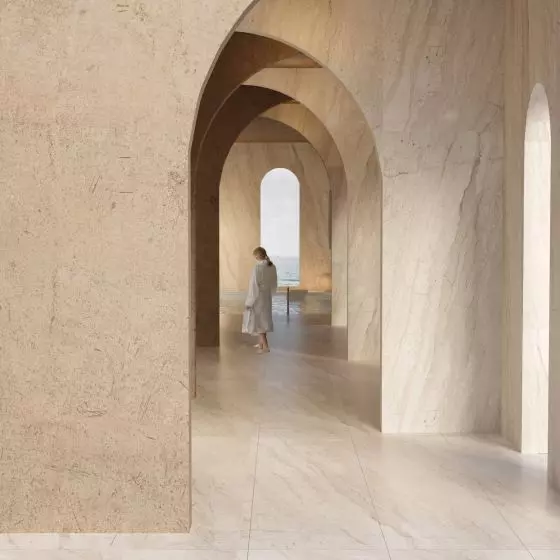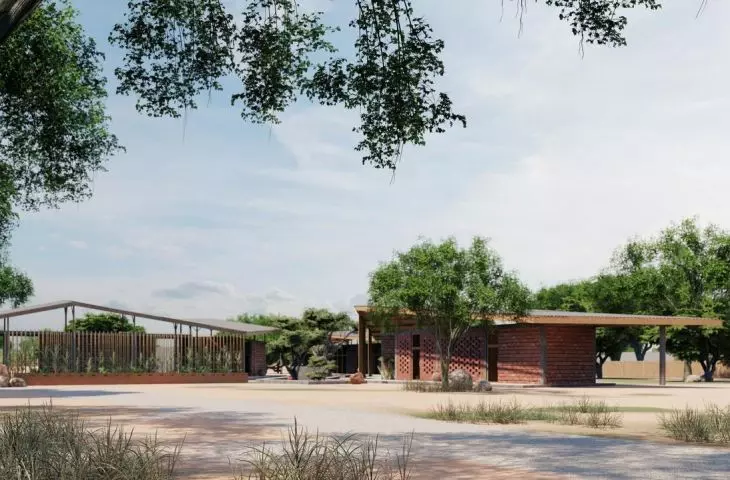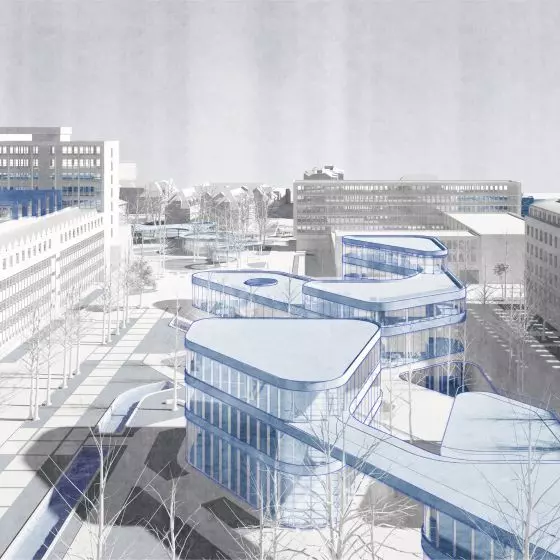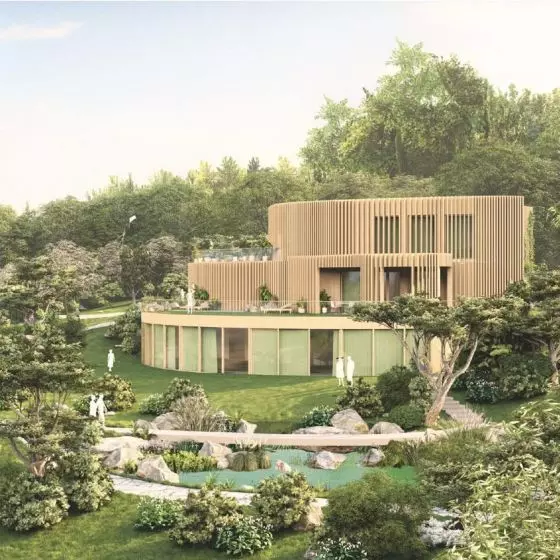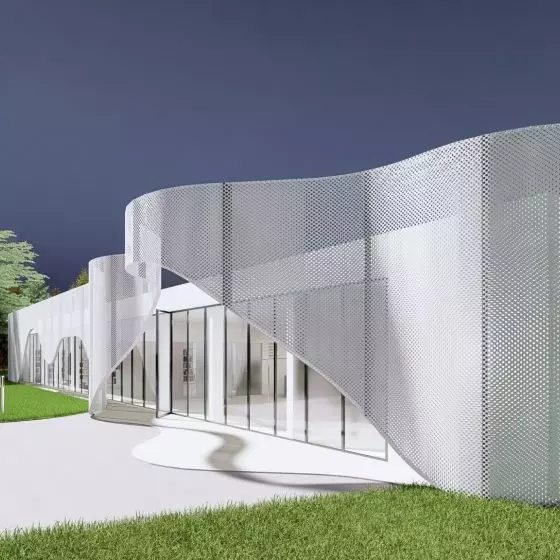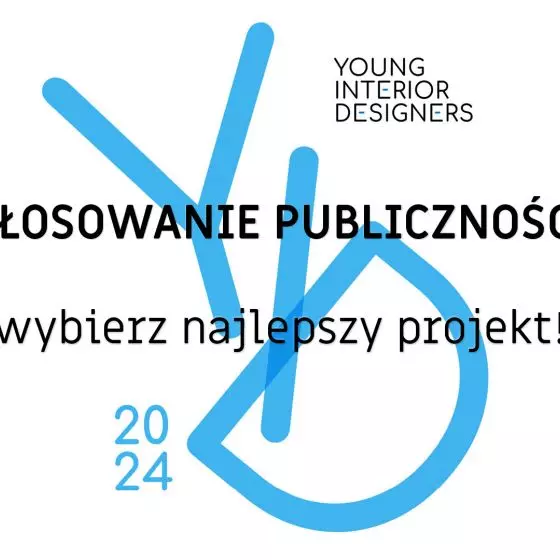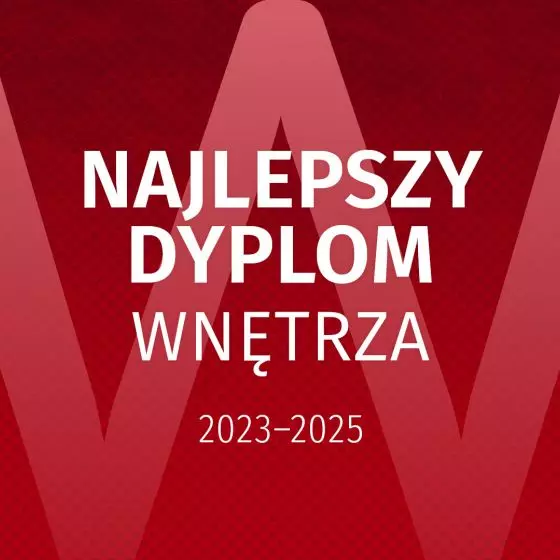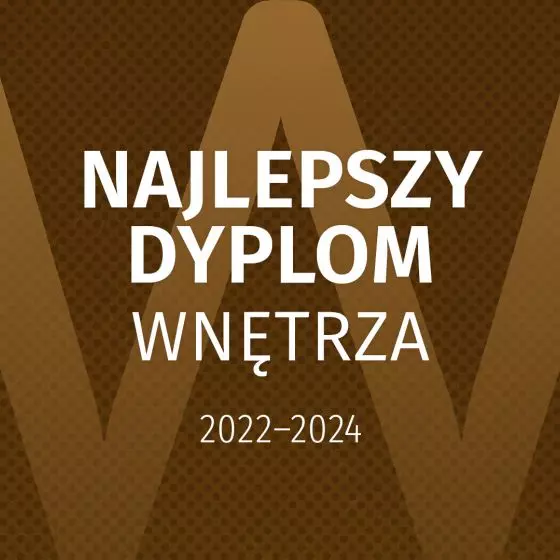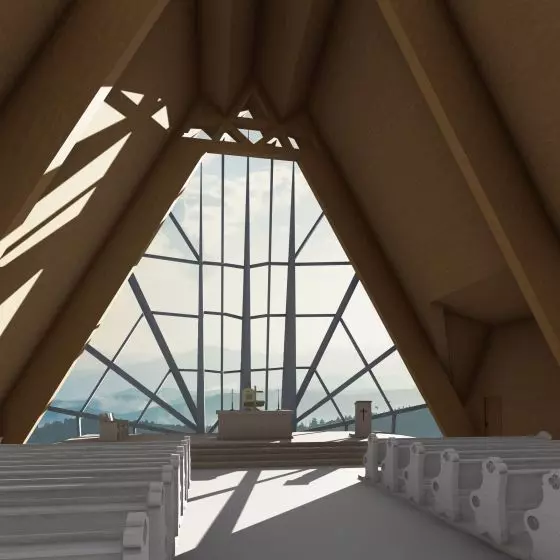Magdalena Banasik, Roksana Gleizner, Victoria Gnot, Agnieszka Laska, Weronika Piotrowska, students of the Wroclaw and Silesian Universities of Technology, took up the challenge of the international competition Kaira Looro 2021. The theme of this year's edition, which Architecture & Business covered under its media patronage, was the design of the Women's House in Senegal - a facility serving as a place for meetings, lectures and discussions on issues related to equality and women's rights.
The competition task was to design a Women's House in the municipality of Baghere, located in southern Senegal. The facility was to be a symbolic, welcoming structure inspired by local traditions, integrated into the surrounding environmental and cultural context. A place for meetings and engaging discussions, promoting gender equality and protecting women's rights, helping to build awareness and knowledge, and stimulating the involvement of all sectors of society. The building should be designed using sustainable technologies, with natural or recycled materials and not exceed 200 square meters in area.
The project consists of several buildings with different functions
© Magdalena Banasik, Roksana Gleizner, Victoria Gnot,
Agnieszka Laska, Weronika Piotrowska
Women's House in Senegal
More than a thousand works were submitted for this year's edition, among them was a project by Magdalena Banasik, Roksana Gleizner, Victoria Gnot, Agnieszka Laska and Weronika Piotrowska. About the detailed guidelines and the jury, we wrote under the awarded project by the team consisting of: Piotr Gajdak, Aleksandra Kubiak, Marta Mojsik, Weronika Paczkowska from the Cracow University of Technology.
The grounds of the Women's House include numerous water tanks and terraces
© Magdalena Banasik, Roksana Gleizner, Victoria Gnot,
Agnieszka Laska, Weronika Piotrowska
As a group composed entirely of women who feel deeply connected to the issue of human rights, we decided to take part in the competition organized by Kaira Looro 2021. The beginning of the consideration of the project was to understand the problems of the local community that could be solved by the construction of the title Women's House. Analyzing the needs and life problems of the local, female community, we decided to focus on the issue of health care, problems of violence and sexual abuse, lack of respect for women's rights. The widespread presence of families where fathers or husbands go abroad to work, the lack of access to water and sanitation, insufficient access to basic products such as food, and the low level of education. Naturally, we wanted our project to represent the local community and grow with it and its needs. The most important part was to find a good inspiration that could push us to realize all we had envisioned. The choice we made may seem obvious or trivial, but we believe that the simplest ideas can be implemented best, so we decided to interpret in our own way the Kaira Looro logo, which, according to the organizer's website, represents the main needs of man: health, wealth and sustenance," the authors of the project say.
The form of the complex was inspired by the shape of the Kaira Looro logo
© Magdalena Banasik, Roksana Gleizner, Victoria Gnot,
Agnieszka Laska, Weronika Piotrowska
needs and values
The design of the Women's House is meant to bring people together and help them overcome serious, everyday problems, so the young architects designed the complex of buildings in such a way that the local community could find emergency help and meet in a safe place suitable for charity events. Inspired by the competition organizer's logo, which in form resembles three waves converging, they based the building plan on it. Each of the needs and values that the logo symbolizes, i.e. the aforementioned health, wealth and sustenance, was placed in a separate space.
Each of the designed pavilions consists of several mudules
© Magdalena Banasik, Roksana Gleizner, Victoria Gnot,
Agnieszka Laska, Weronika Piotrowska
The designed complex is close to the road and a short distance from the village center, so everyone can find the help and support they are looking for. The first floor of the pavilion represents the food slogan, the authors located there a small market square and some sanitary facilities. The building in the upper right corner is a health center and a small asylum where anyone can stay if they happen to be in need. The last part of the complex (in the upper left corner) - is meant to be an illustration of wealth - in this case, the wealth of knowledge, through which people can gain access to education.
An enclave full of support
At the center of the entire site remains the architecture, which was intended to be simple but effective and adaptable. Promoting gender equality in this case can be interpreted as providing a space for a large, strong, female community where everyone can find a place to solve problems and discuss them.
However, we remember that women make up 51 percent of project beneficiaries, so the functions of the buildings and the architecture as a whole are not oriented to fit and meet the needs of only one gender. We are full of admiration for all those struggling for a better tomorrow, so the implementation of the project was to somehow relate to better prospects for the future and give a sense of escape from reality. Continuing our analysis of the space and needs, we realized that we wanted our vision of the building and its surroundings to resemble a closed enclave full of goodness, support and security," the students explain.
The interior of the educational room
© Magdalena Banasik, Roksana Gleizner, Victoria Gnot,
Agnieszka Laska, Weronika Piotrowska
Opening up the body of the building and its disjointed design allows it to blend in better with its surroundings, and the structure is not flashy, making it fit in better with its surroundings. Each of the designed pavilions consists of several modules set on a square plan with a side measuring four meters in length. The administration and market section has three modules of an enclosed zone and three modules of an outdoor open market.
The educational segment consists of five modules of the enclosed area and a sanitary and shelter area. In the space between the buildings, there is an atrium with infrastructure for common outdoor activities and a component with a small green area or gardens for growing edible plants, which can later be sold at the market, for example. In addition, there are rainwater tanks and numerous pedestrian terraces flush with the buildings for pedestrian communication.
The atrium area includes gardens and spaces for growing plants
© Magdalena Banasik, Roksana Gleizner, Victoria Gnot,
Agnieszka Laska, Weronika Piotrowska
recycled materials
The construction of the buildings provides comfort and creates a space full of light and peace, while being easy and cheap to build. Brick walls allow free flow of air, wooden and bamboo modules provide access to light, additionally serving as a decorative element, and the roof is designed to collect rainfall during the rainy season and store it. The color scheme of the building, as well as all the furnishings, has been chosen to relate to the village buildings, to fit in even better with the surroundings and give the impression of a space in harmony with other buildings. All of the furniture and most of the building materials are recycled or second-hand, to minimize construction costs and cause as little damage to the environment as possible. A bamboo fence was used at the back of the entire complex to create a security zone and isolate the buildings from unwanted visitors.
The pavilions were made of brick, bamboo and recycled materials
© Magdalena Banasik, Roksana Gleizner, Victoria Gnot,
Agnieszka Laska, Weronika Piotrowska
We wanted our project to solve as many problems as possible and create a space where hopefully every person can get the help and support they need to regain the joy of life. Imagining all the meetings and charity events that could take place in the space we designed gave us incredible motivation to work [...]. Today our eyes are on the people of Senegal, who may soon receive this help on a larger scale thanks to the implementation of the winning project from this year's edition," the authors conclude.
In last year's edition of the Kaira Looro competition, the main prize went to a team of Polish students consisting of Kamil Owczarek, Agnieszka Witaszek and Aleksandra Wróbel for their project of a Collapsible Emergency Shelter for a sub-Saharan African community affected by a natural disaster.




